Halo over a Hero By Doug Nye
On the evening of Sunday, October 16, 2011, I was sitting at home here in England, idly flicking through the satellite TV sports channels, wondering if I could find coverage of the season-ending Indycar race at Las Vegas. Oh, good-oh, here it was, a live feed.
Mrs Nye resigned herself to my lifelong obsession well over 40 years ago (if you can’t take a joke you shouldn’t have joined) and she was reading a book in any case, so I watched the race develop. Very, very sadly - of course - that was the race disfigured by a hideous 15-car collision during which fellow-Brit Danny Wheldon lost his life. His car slammed open-cockpit first, high into the debris-fencing and its supporting posts, and the twice-Indy ‘500’ winner’s injuries then proved simply unsurvivable.
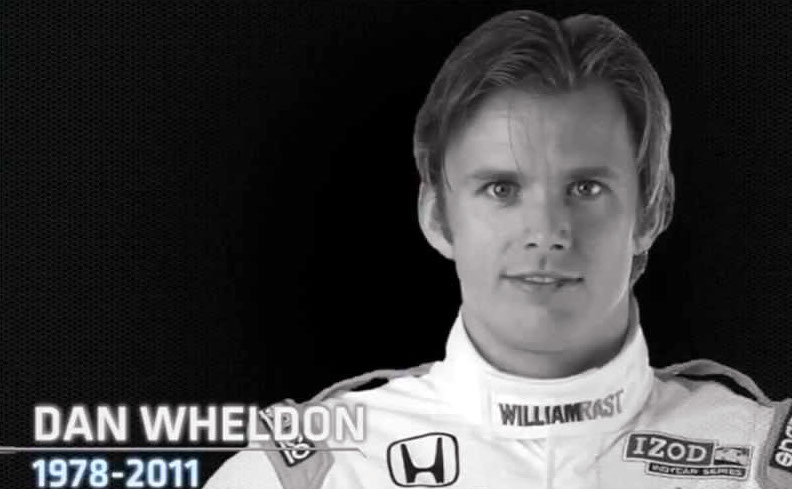
Some 18 months earlier, at Brands Hatch in England - multiple World Champion John Surtees’s young son Henry had been driving in a Formula 2 race when a wheel thrown from a crashing car nearby flew through the air, bounced, and soared. As the hard-charging 18-year old Henry approached, that wheel landed full in his face. The poor kid was pronounced dead later that day. Again his head injuries were simply unsurvivable.
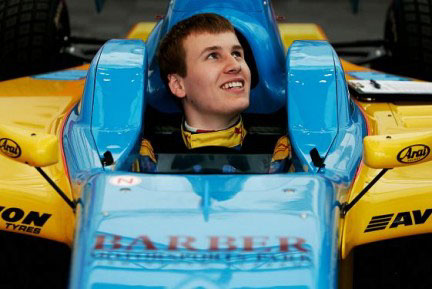
Then on August 24, 2015, at Pocono, Pennsylvania, yet another British racing driver succumbed to an open-cockpit, flying-debris incident when Justin Wilson lost his life. This time the missile which impacted his crash helmet in his open-cockpit single-seater Dallara was the flying nose cone detached by impact from a rival’s crashing car. In common with Danny and Henry - poor Justin had not in any way run out of skill.
He had simply run out of luck…
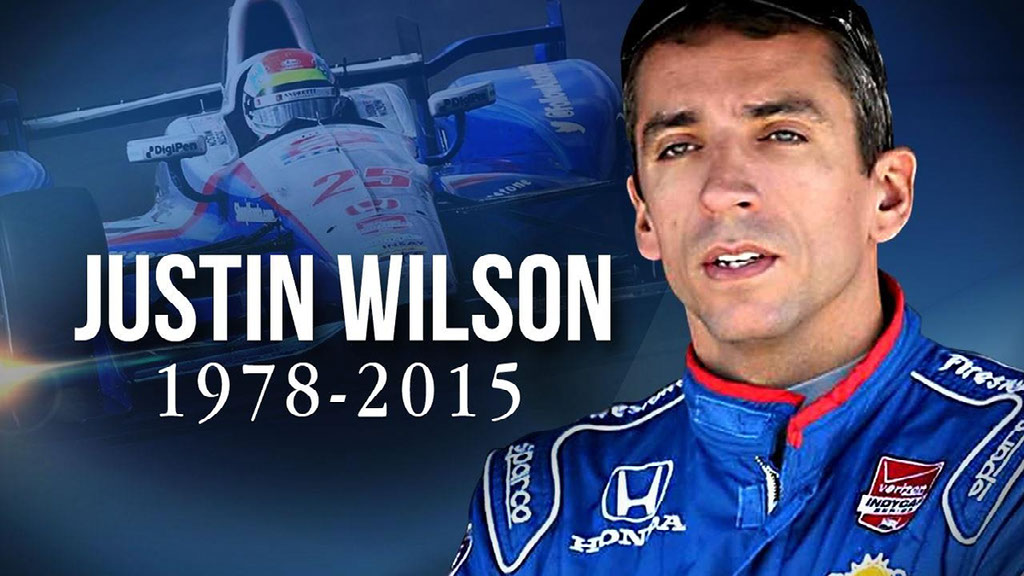
Today the Formula 1 world has little to talk about with the outcome of the 2016 World Championship titles perhaps already decided.
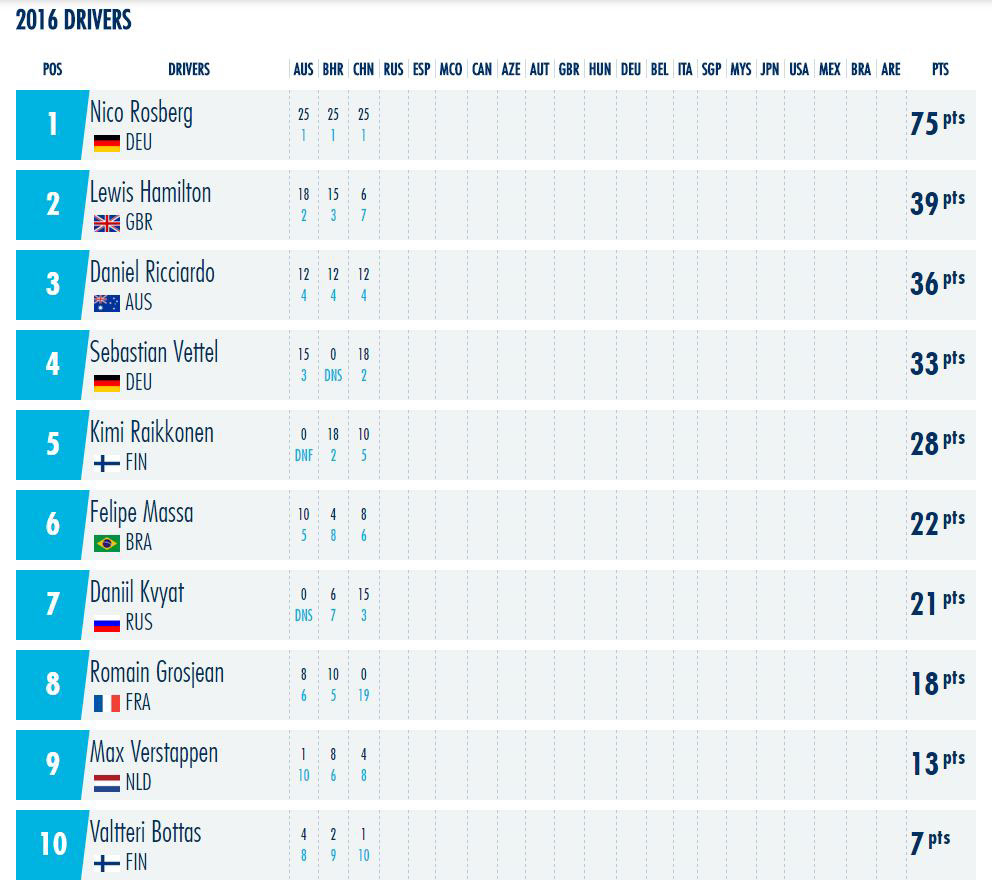
So instead there is much debate and gossip about the FIA’s proposed introduction of open-cockpit protection devices for 2017. Ferrari has proposed an encircling, front centre-point supported crash bar which has been christened the ‘halo’. Red Bull Racing has proposed a fighter-aircraft type of reinforced windscreen moulding with a driver-exit opening left unobstructed where an Air Force pilot would expect ‘the bubble’ to be closed above his head.
But thinking back I recall spectating at a Tampa Fairgrounds sprint car race back in 1972, when we were in Florida reporting the following weekend’s Daytona Continental 6-Hour sports car race. I remember that one star player there was a driver named Chuck Amati who proved very friendly and didn’t understand my accent at all. When I explained to him that I wasn’t the one with an accent, it was after all my language that he was mangling he laughed like a drain and we generally got on just fine. He explained to me what a Sprint car was all about, and I seem to remember noticing then that some of them had a full roll cage erected above the driver’s cockpit, including longitudinal rails above his head, arching down into uprights each side of the scuttle. A cross-bar linked these members above the windscreen.
Well one thing I didn’t mention to Chuck Amati that day was that I’d misheard his name and thought it was ‘Chucker’ Marty. When I addressed him as ‘Chucker’ it’s hardly surprising he didn’t understand ‘my accent’. The second thing I didn’t mention to him was that for a road racing fan from the UK and Europe who had been brought up on the svelte Lotus 25 and the gorgeous Ferrari 1512, a Sprint car looked a pretty crude and agricultural relic from the past. What’s more, a Sprint car like some of those on the Tampa track - the ones with the extended roll-cage - looked, well, pretty pansy…tough and rugged cars plainly being campaigned by scaredy-cat wimps.
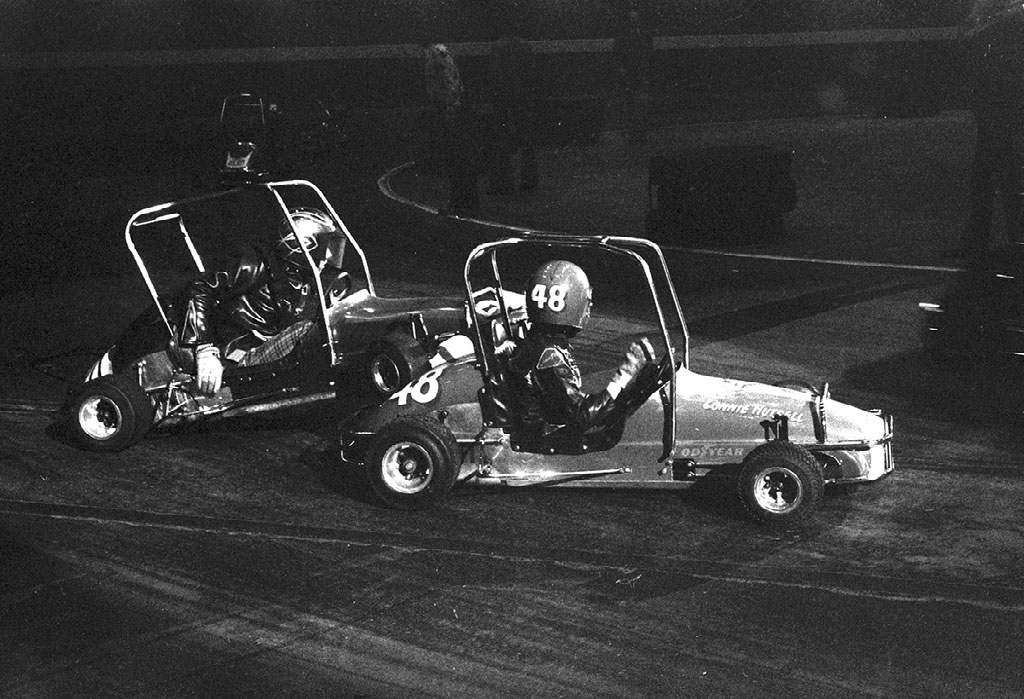
I will admit that the moment the full pack wound up to race speed and were unleashed around the tan-orange dirt, I instantly realised how wrong I had been. I immediately appreciated that there was nothing at all pansy about the spectacle around me. Those madmen out there were suddenly going at it like tom-cats in a flour-sack, hanging on for dear life over the bumps and ruts, being sprayed by flying dust, mud, gravel and calcium - and really, really racing. They were indeed tremendous warriors. And if I had ever been brave enough to join in amongst them - for darned sure I’d want a big cage too! We returned to Daytona - one day older, open-mouthed, and much, much wiser.
But over 40 years later, a cockpit cage developed from those early devices might indeed have saved Henry Surtees’s young life if something like that had been fitted to his F2 car. And the same would apply had Dan Wheldon had something like that above or around his head and shoulders to strike against the wire link and supporting post at Las Vegas before he did. The same could also apply had Justin Wilson been similarly protected at Pocono.
And then there’s the equally tragic case of Jules Bianchi, beaned in his Formula 1 Marussia when he careered beneath a 6.8-ton recovery tractor at an impact speed of 78mph during the 2014 Japanese Grand Prix at Suzuka. Peak point impact upon his crash helmet was subsequently assessed as a staggering 254G. Had he had crash bar protection ahead of him he might just have got away with his life…
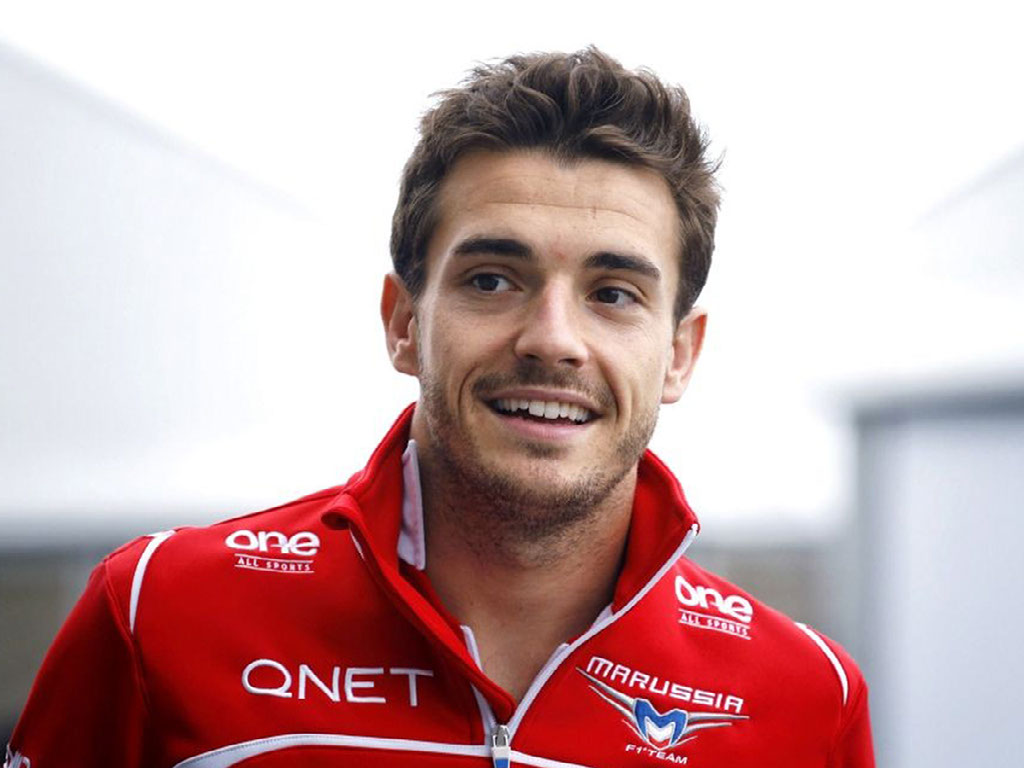
Of course the entire history of motor sport, like that of aviation, of power boating, motor-cycling and indeed almost every other human activity is studded with incidents from which safety lessons have been learned. But working as I do most days through our historic photographs preserved within the Revs Digital Library, there are so many images of by-gone race cars with by-gone protective devices which might have helped our young warriors, if only those old lessons had been taken more seriously - and had been taken to heart. Of course there is a down side to any innovation. The dreaded law of unintended consequences can always intervene, the supposed cure in fact proving worse than the target problem.
There is also the argument that if all the risk and danger is filtered out of our majestic sport, what remains just isn’t worth preserving. As Sir Stirling Moss puts it, “I’d admire a guy tight-rope walking 100-feet above a crocodile-infested pool without a safety net - but if he was tight-rope walking only two feet above a feather bed would I even bother? Yet both would require the self-same skill. It’s the danger that makes the difference…”.